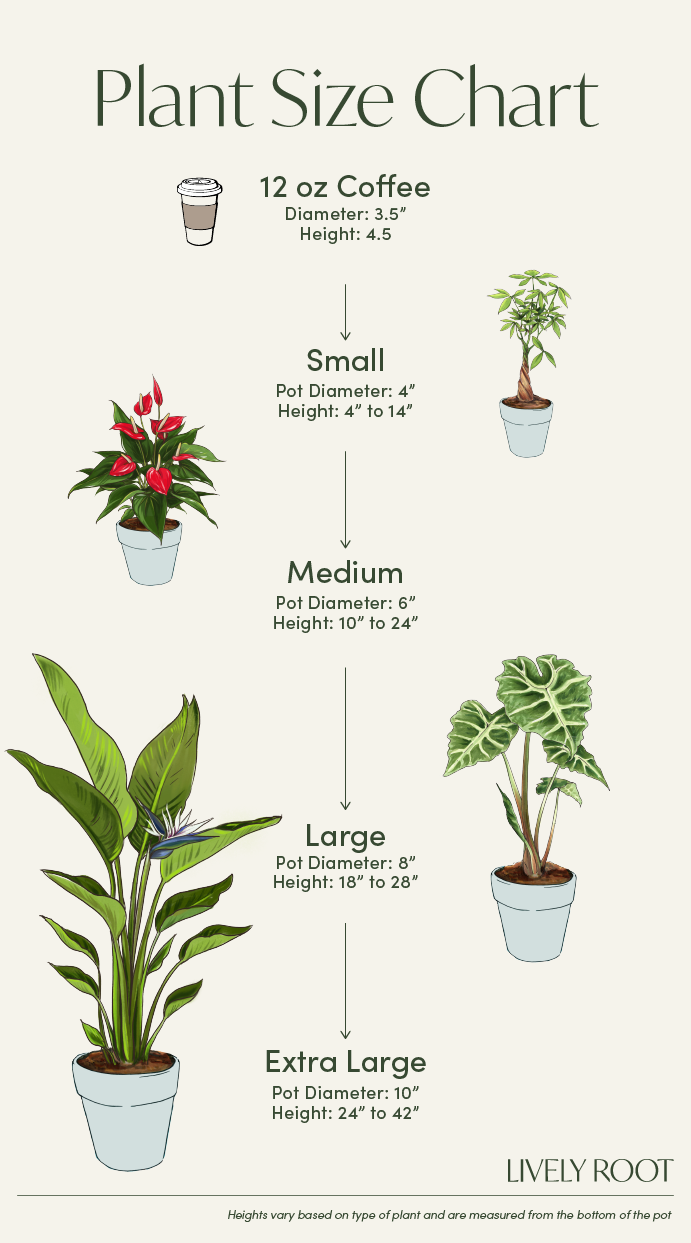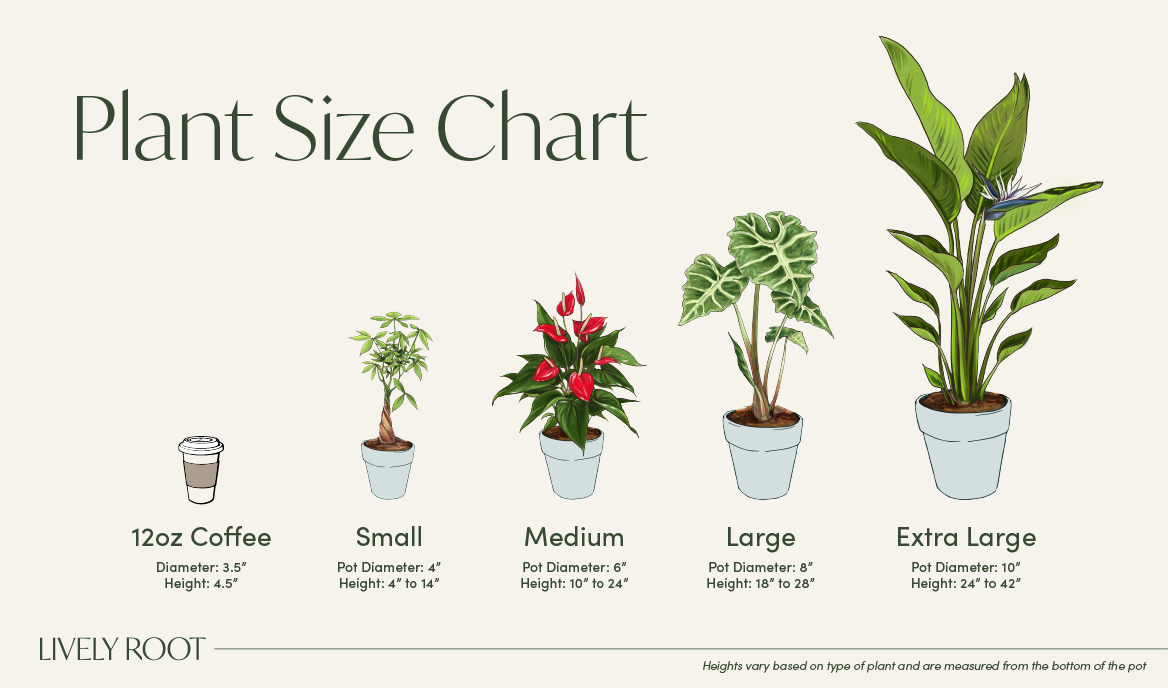

The Cast Iron Plant, scientifically known as Aspidistra elatior, is incredibly low-maintenance and can tolerate a range of conditions, including low light, irregular watering, and varying humidity levels. This makes it perfect for even the most forgetful plant parents!
Cast Iron Plant Care Guide & Presentation

The Cast Iron Plant can thrive in low to medium light conditions. It is perfect for dimly lit rooms or offices, but it can also adapt to brighter, indirect light. Avoid direct sunlight, as it can scorch the leaves.
Water the Cast Iron Plant when the top inch of soil feels dry. It is drought-tolerant, so it's better to underwater than overwater. Overwatering can lead to root rot, so ensure the plant is not sitting in water.
The Cast Iron Plant is not particularly fussy about humidity levels and can thrive in both dry and humid environments. However, it does appreciate occasional misting in particularly dry conditions.
The Cast Iron Plant prefers temperatures between 60-75°F (16-24°C). It can tolerate higher temperatures if kept out of direct sunlight and lower temperatures if protected from frost.
In USDA hardiness zones 8-11, the Cast Iron Plant can be grown outdoors year-round. In cooler climates, it should be brought indoors or grown as a houseplant to avoid frost damage.
Fertilize the Cast Iron Plant twice a year, in the spring and summer, with a balanced, water-soluble fertilizer. Avoid over-fertilizing, as this plant does not require much feeding to thrive.
Repot the Cast Iron Plant every 2-3 years or when it becomes root-bound. Choose a pot that is only slightly larger than the current one, and use a well-draining potting mix. Repotting in the spring is ideal.
To keep the leaves of the Cast Iron Plant free from dust, gently wipe them down with a damp cloth once a month. This helps the plant to photosynthesize more efficiently and keeps it looking vibrant.
Cast Iron Plant: Overview
The Cast Iron Plant (Aspidistra elatior) is a tough, low-maintenance evergreen renowned for its long, glossy, lance-shaped leaves that typically grow between 2 to 3 feet tall. Native to the forest floors of Japan and Taiwan, this resilient plant belongs to the Asparagaceae family. It thrives in USDA hardiness zones 7-11 and is highly tolerant of low light, drought, and temperature fluctuations. While it rarely flowers indoors, when grown outdoors, it can produce small, purplish-brown flowers close to the soil, usually hidden beneath its foliage. The Cast Iron Plant is an excellent choice for both novice and experienced gardeners, due to its minimal care requirements.
The Cast Iron Plant symbolizes endurance, strength, and resilience, qualities that align with its reputation for being nearly indestructible. In Feng Shui, it is considered a grounding plant, often used to create a sense of stability and tranquility in living spaces.
A significant benefit of the Cast Iron Plant is its non-toxic nature, making it safe for homes with pets, including cats and dogs. It’s a worry-free choice for animal lovers who want a hardy houseplant.
The name “Cast Iron Plant” reflects its incredible durability and ability to thrive in conditions, many other plants cannot tolerate. With proper care, the Cast Iron Plant can live for decades, often outlasting many of your other green companions.
Cast Iron Plant: Benefits
- It removes toxins from indoor air
- One of the best plants for beginners
- Low-water and drought-tolerant plant
- Easy to care for and maintain
- Aesthetic appeal with lush, green foliage
- Tolerates easily low-light conditions
Aspidistra Eliator: Alternative Names
- Cast Iron Plant
- Baran
- Bar Room Plant
- Barroom Plant
- Haran
- Iron Plant
Cast Iron Plant: Care Guide
The Cast Iron Plant (Aspidistra elatior) is well-known for its resilience, making it an excellent choice for beginners and those with less-than-ideal conditions. This hardy plant thrives with minimal care. It can withstand neglect while maintaining its lush green appearance, adding an exotic, tropical vibe to your indoor jungle.
Watering & Soil
The Cast Iron Plant prefers well-draining soil and should be watered thoroughly when the top inch of soil feels dry. It's crucial to avoid overwatering, as this can lead to root rot. A good rule of thumb is to let the soil dry out between waterings, especially during the winter when the plant's growth slows down.
Light & Temperature
This plant can tolerate low-light conditions, making it ideal for dimly lit areas of your home. However, it does best in moderate, indirect light. The Cast Iron Plant thrives in temperatures between 60-75°F (16-24°C) and can tolerate occasional drops. However, it should be kept away from drafts or cold windows during winter.
Humidity & Feeding
The Cast Iron Plant is not fussy and can adapt to various indoor conditions and humidity levels. However, it will appreciate a slightly humid environment, especially in winter when indoor air tends to be dry. Feed the plant with a balanced, water-soluble fertilizer every 2-3 months during the growing season (spring and summer).
Repotting, Pruning & Propagation
Repotting is typically needed every 2-3 years or when the plant outgrows its pot. When repotting, use a well-draining potting mix and a pot slightly larger than the current one. Pruning is rarely necessary but can be done to remove any yellow or damaged leaves. Propagation is best done through division during repotting; separate the rhizomes into smaller sections and plant them individually.
Common Issues & Leaf Care
The Cast Iron Plant is generally pest-resistant, but watch for spider mites and scale. Regularly wipe the leaves with a damp cloth to keep them dust-free and to help prevent pests. If the leaves start yellowing, it could be a sign of overwatering, while brown tips often indicate too much direct sunlight or low humidity. Adjust care as needed to keep your plant healthy.
Cast Iron Plant: Placement, Companion & Alternative Plants
The Cast Iron Plant is a versatile and durable option, perfect for adding greenery to spaces where other plants might struggle. This low-maintenance and drought-resistant plant is a great choice for various environments and plant enthusiasts.
Best Locations & Uses
- Thrives in low-light conditions, making it ideal for offices with minimal natural light.
- Can be placed outdoors in shaded areas during warm months, adding greenery to your porch or patio.
- Its hardiness and low-care requirements make it perfect for beginners.
- Non-toxic to pets, ensuring safety for your furry friends.
- Requires minimal watering, making it perfect for those with a busy lifestyle or who travel frequently.
Companion Plants
The Cast Iron Plant pairs well with other resilient, low-maintenance plants that thrive in similar conditions.
- Variegated Snake Plant (Sansevieria trifasciata ‘Laurentii’): The Variegated Snake Plant is a hardy snake plant with striking upright leaves, perfect for low-light areas alongside the Cast Iron Plant.
- ZZ Plant (Zamioculcas zamiifolia): The ZZ Plant is another tough plant that tolerates low light and infrequent watering, making it a great companion.
- Golden Pothos (Epipremnum aureum): Golden Pothos is an easy-care trailing and hanging plant that complements the Cast Iron Plant's upright growth habit and shares similar light and watering needs.
Alternative Plants
If you're considering alternatives to the Cast Iron Plant, here are three similar options available on Lively Root that offer easy care, pet-friendliness, and air-purifying properties.
- Neanthe Bella Palm (Chamaedorea elegans): The Parlor Palm is a compact, pet-friendly plant, which thrives in low light, and adds a tropical touch to any space.
- Japanese Bird's Nest Fern (Asplenium antiquum): With its wavy, vibrant green fronds, the Japanese Bird’s Nest Fern is an excellent low-maintenance, air-purifying option for shady spots.
- Areca Palm (Dypsis lutescens): Areca Palm is a graceful, pet-safe palm that brings a touch of elegance and is also known for its air-purifying qualities.
Order Your Cast Iron Plant From Lively Root Today
Order your resilient and beautiful Cast Iron Plant from Lively Root today and elevate your indoor greenery!


















































